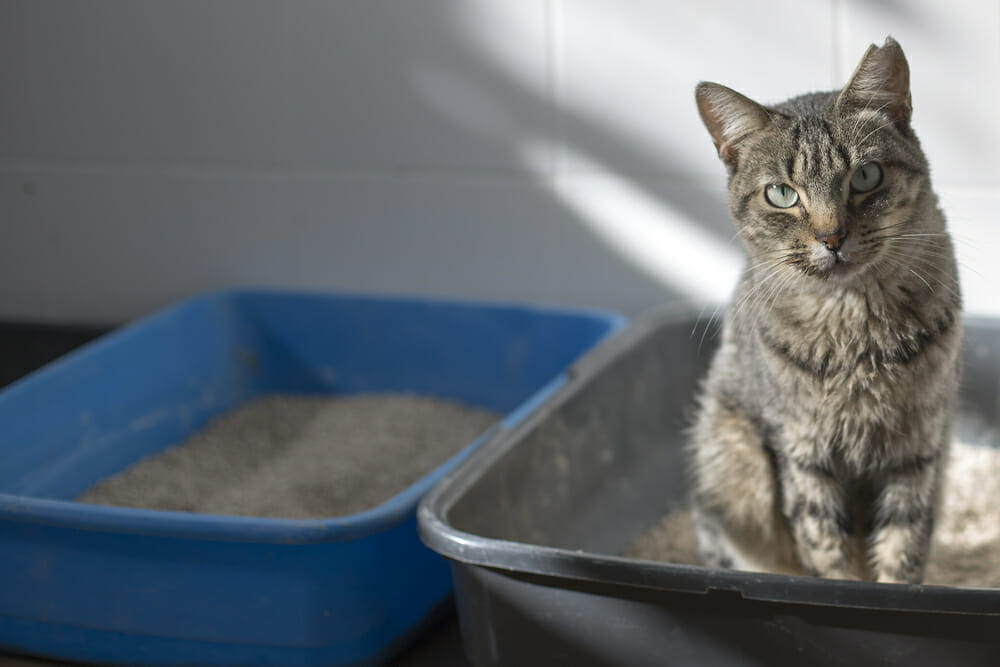
Cat Dental Care
Dental care is very important to your cat’s overall health. Tooth decay, gum disease and tartar buildup can be treated with annual or bi-annual cleaning and scaling. Dental disease can progress into more serious problems in your cat including heart, kidney and liver disease. Our veterinarians can provide you with a dental care regime that works for you and your cat.
What is involved in a dental cleaning procedure?
A basic dental cleaning procedure involves sedating and placing an endotracheal tube in the cat. Monitoring of all vital signs is done by our surgical technician. X-rays are taken to check root health of the teeth. Then the cleaning and scaling are done with our ultra-sonic machine. This can take a while depending on how much tartar has built upon the cat’s teeth. Once the tartar has been removed, the veterinarian will then remove any problematic teeth to ensure the cat is comfortable and doesn’t have problems down the road.
What are signs of dental problems in cats?
Signs your cat could be having dental problems are chewing at one side of the mouth, holding head tilted while chewing. Your cat may also seem interested in food, but not wanting to eat, especially the hard-crunchy type or preference of wet soft food. You may see your cat chomping or keeping their mouth open more than usual, these could all be signs of dental problems in your cat.
Are some breeds more susceptible than others?
To some degree, breeds of cats such as Maine Coon, Persians and Siamese tend to be at a higher risk of dental disease. But the number one cause for dental problems can be directly traced back to diet. Today’s cats are often offered mush or wet food to eat, this weakens the teeth as they are not being kept strong. The cat is a carnivore and is designed to eat bones and flesh of rodents and birds, which in turn, keeps the teeth strong. Supplementing with a dental care diet and hard crunchy food helps strengthen the teeth.
What is feline tooth resorption?
Tooth resorption, also referred to as cervical line lesions, is the gradual destruction of the tooth. Usually, it starts on the outside of the tooth at the gum line, typically on the lower jaw on a molar or premolar but can occur anywhere in the mouth. It can appear as though the gums are coming up over the tooth, or even look like there is a hole in the tooth. It is a progressive disease and may result in the need to remove the tooth.

